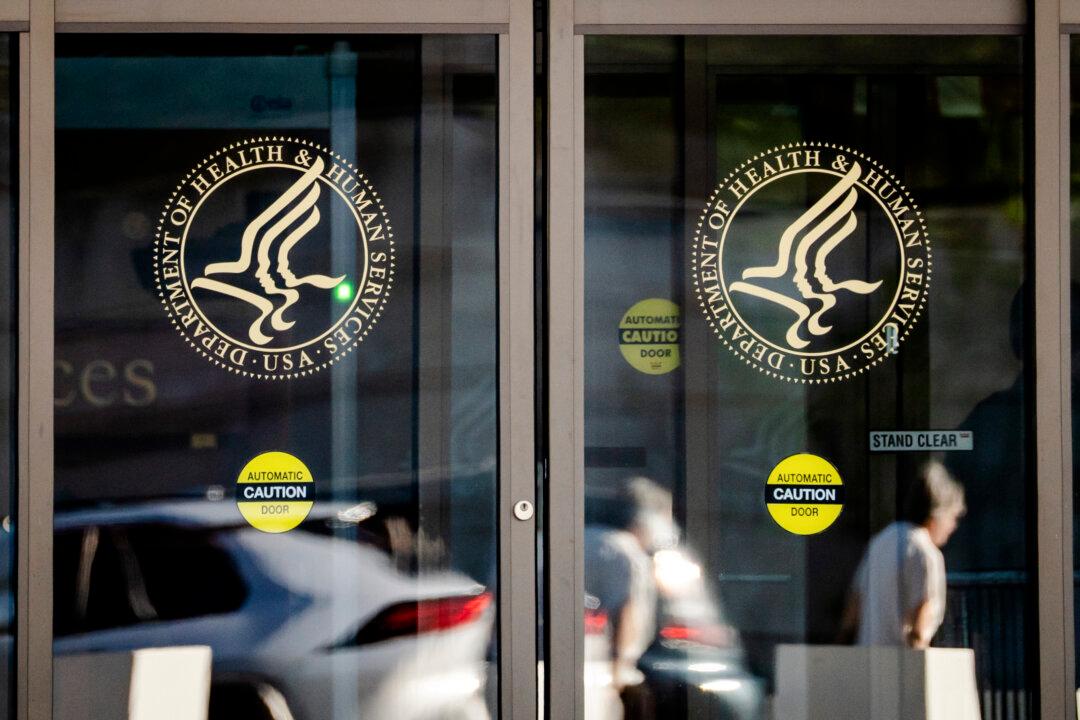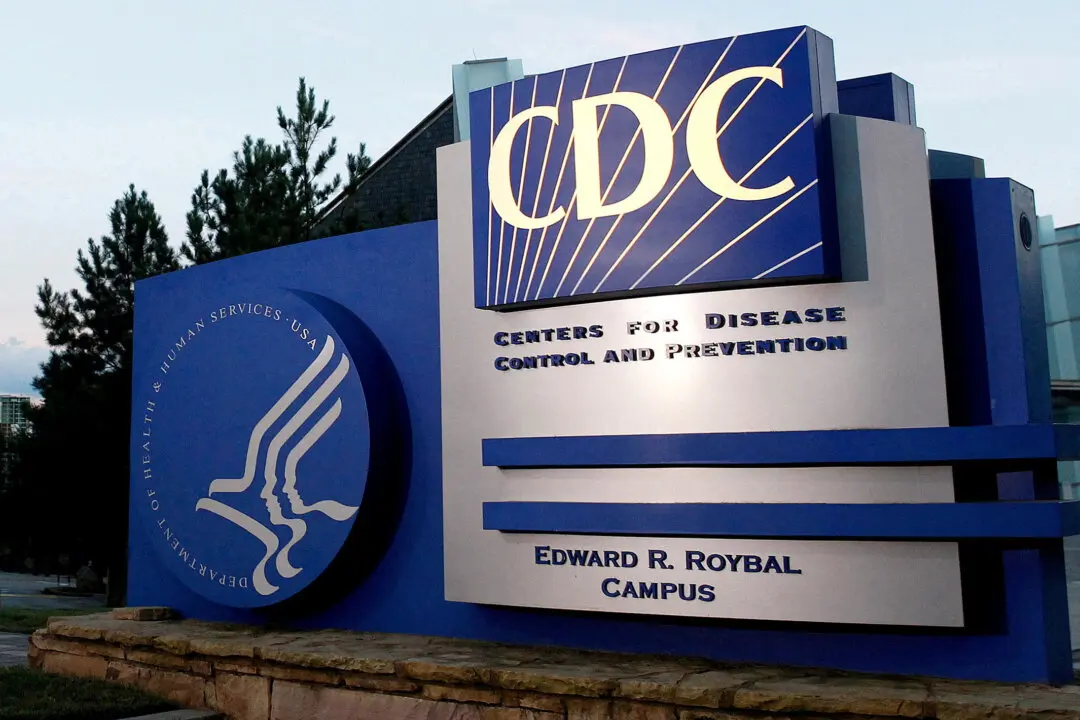The World Health Organization (WHO) is sending 250,000 coronavirus test kits to labs around the world as the number of cases from human-to-human transmission rises.
The test kits will be shipped on Tuesday from Germany to 70 labs globally to support an influx of test samples, Dr. Maria Van Kerkhove, the head of the Outbreak Investigation Task Force at Institut Pasteur’s Center for Global Health in Paris, told United Nations’ member states during a briefing on the virus on Tuesday.





